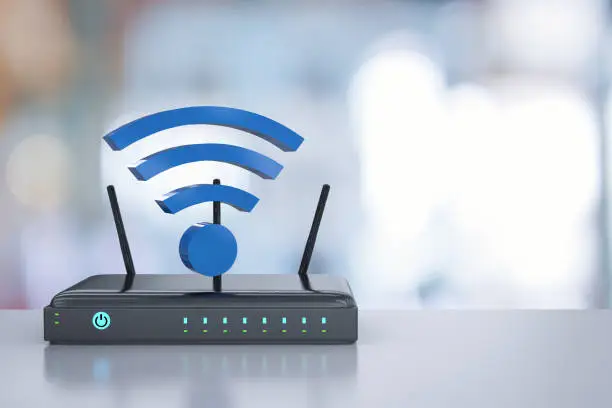Networking
Our networking services are essential for seamless communication across devices on your network. Prima Migration provides everything from email and file sharing to remote access, printing, and messaging. Our expertise covers LAN, WLAN, DCLAN, and WAN setups tailored to your needs, ensuring robust security and compliance with best practices, including multi-factor authentication.
We also offer automation solutions in partnership with leading vendors like Cisco (DNA – iWAN, SD-WAN, Scripting) and HPE (Clearpass, HPE Switch Templates). Our monitoring tools, such as SolarWinds, Live NX, and Logic Monitor, keep your network performance optimized.
Prima Migration consulting services encompass routing & switching and security solutions (IPSec, SSL-VPN, NAT, AAA, IPS) from top security vendors. For Wi-Fi deployment, we follow industry best practices using Flexconnect, Mesh, and local configurations.
Networking Type

LAN (Local Area Network)
LAN (Local Area Network) is a network that connects devices within a small area, like a building or a campus. It allows for sharing files, printers, and internet connections within that space.

WLAN (Wireless Local Area Network)
WLAN (Wireless Local Area Network) works just like a LAN, but instead of using cables, it connects devices wirelessly. With WLAN, you can enjoy wireless internet, file sharing, and printing.

DCLAN (Data Centre Local Area Network)
DCLAN (Data Centre Local Area Network) connects servers, storage systems, and other devices in a data center. This type of network supports important services like virtualization, backups, recovery, and load balancing to keep everything running smoothly.

WAN (Wide Area Network)
WAN (Wide Area Network) is a network that covers a large area, such as multiple cities, states, or even countries. WAN services include connecting to the internet, providing remote access, and transferring data between different locations.
Problem Solving & Benefits

LAN (Local Area Network)
A LAN (Local Area Network) connects devices within a small area, like a building. The benefits of using a LAN include:
- Fast data sharing between devices
- Better collaboration and communication among employees
- Affordable setup
- Increased security by controlling who can access the network
WLAN (Wireless Local Area Network)
A WLAN (Wireless Local Area Network) allows devices to connect to the internet or each other wirelessly. The benefits of using a WLAN include:
- Mobility, so users can move around while staying connected
- Lower costs by reducing the need for cables
- Higher productivity, as work can be done from anywhere within the wireless range
- Easier to add or remove devices without interrupting the network


DC LAN (Data Centre Local Area Network)
A DC LAN (Data Centre Local Area Network) connects servers and storage devices within a data center. The benefits of using a DC LAN include:
- Fast data transfer between devices in the data center
- Greater efficiency by making it easier to manage and allocate resources
- Reduced downtime thanks to redundancy and backup systems
- Increased security
WAN (Wide Area Network):
Key advantages of using a WAN (Wide Area Network):
- Better collaboration: A WAN allows teams and employees to stay connected and work together, even from different locations, which boosts productivity.
- Easy to scale: WANs can grow with your business, easily accommodating more users and applications as needed.
- Cost savings: By centralizing resources, a WAN can help reduce expenses related to hardware, software, and support.
- Stronger disaster recovery: WANs provide backup links to alternative business locations, helping with disaster recovery and ensuring your operations continue smoothly.
Remote access: Employees can securely access company resources and applications from anywhere.

Delivery
Setting up a LAN, WLAN, DC LAN, or WAN requires careful planning and attention to detail. Here’s how we ensure a successful networking project:
1. Understanding your needs
We’ll work with you to understand your network requirements and figure out which type of network setup will be the best fit for your business.
2. Network planning
Our team will design the layout of your network, deciding where to place switches, routers, access points, and other essential equipment. We’ll select the right hardware and software for your network, considering factors like scalability, security, and ease of management to ensure long-term success.
3. Setup and testing
We’ll configure your network devices, such as IP addresses, routing, and VLANs. Our on-site team will then test the network to ensure everything is working properly and resolve any issues that come up.
4. Ongoing monitoring and management
We’ll continuously monitor and manage your network to ensure it meets your needs and runs smoothly over time.
Every network setup is different, so we work closely with your team to create a customized plan that fits your specific needs
Contact our team of experts by calling +91 9987920434. We’d be glad to discuss how we can assist with your networking needs.